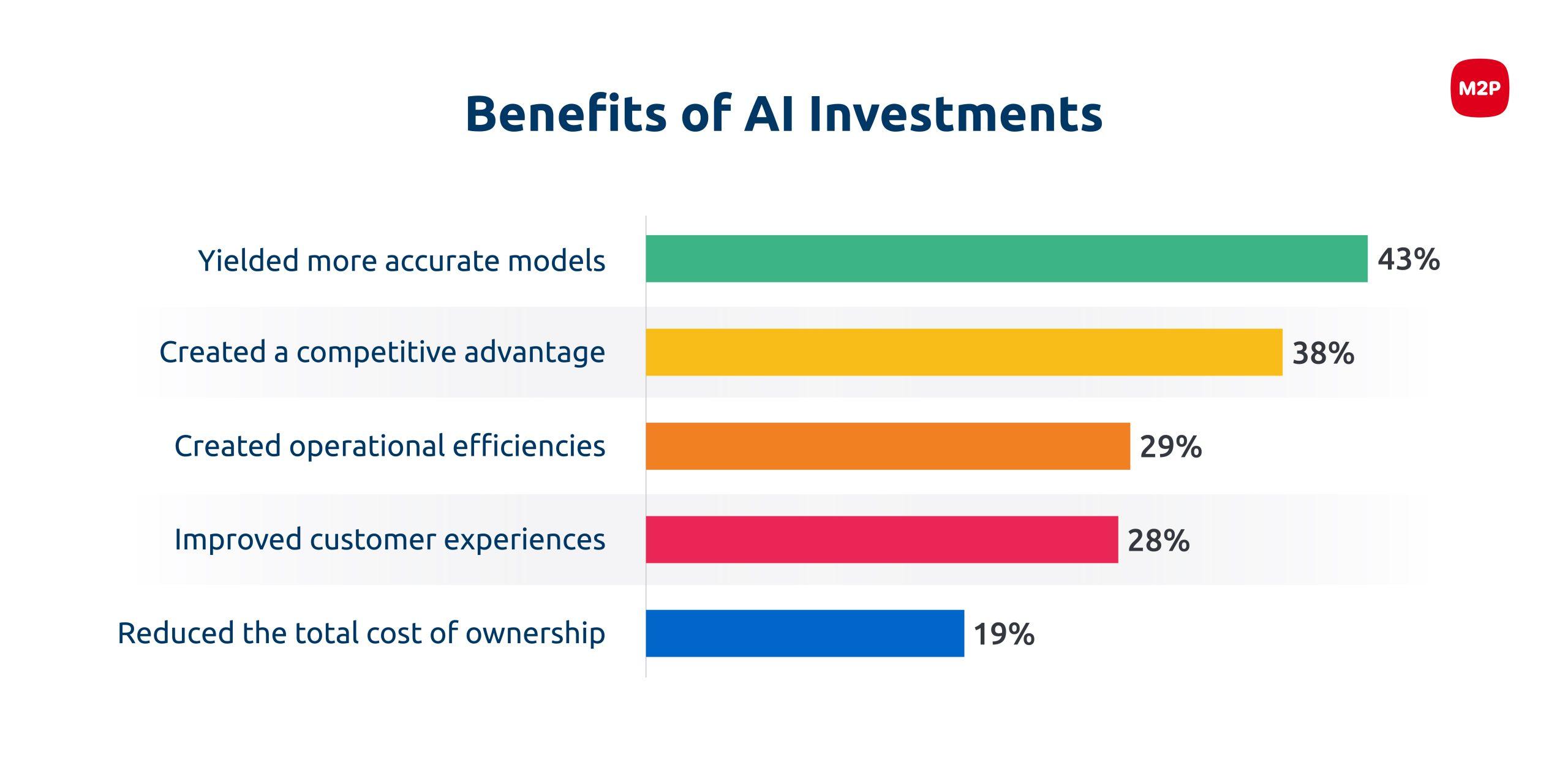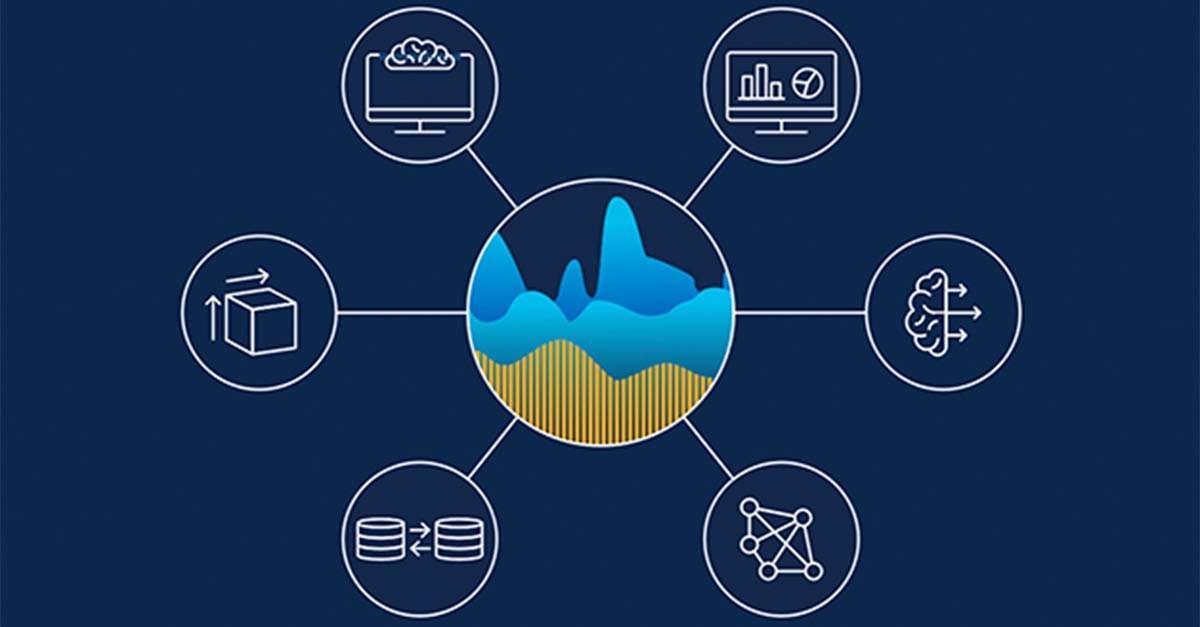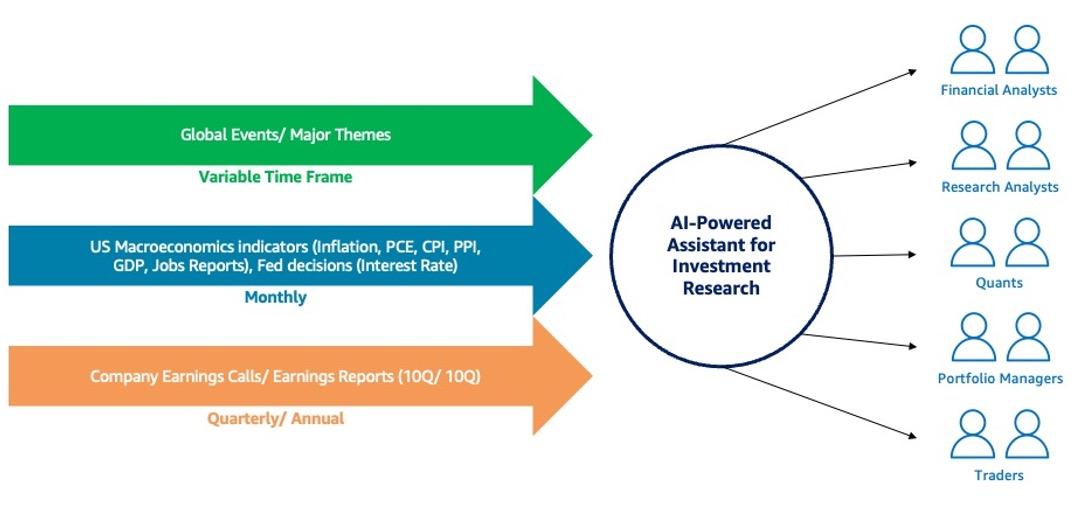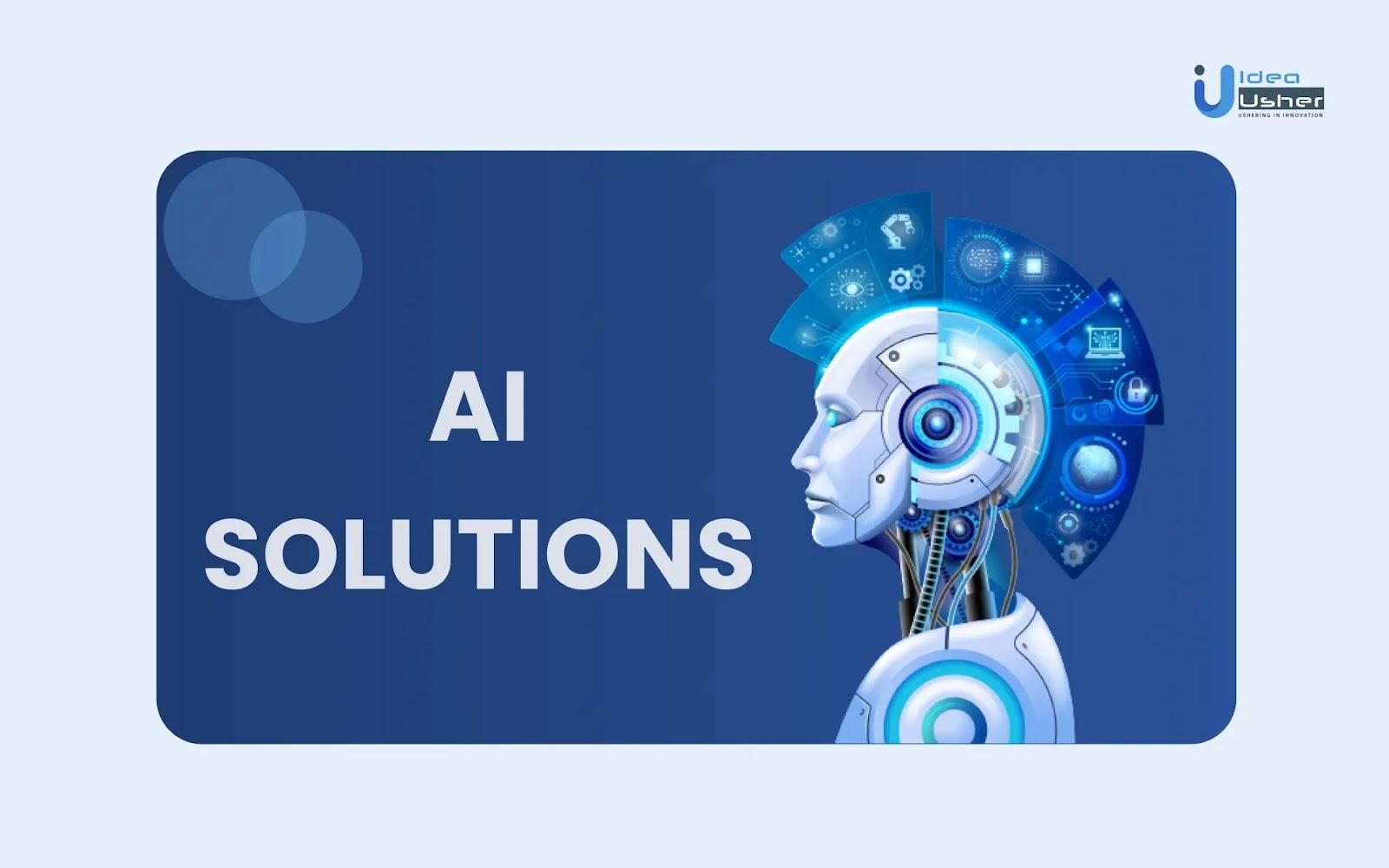In an era where information flows ceaselessly and the stakes of decision-making have never been higher, the quest for financial clarity can feel like navigating a labyrinth. Enter artificial intelligence: a groundbreaking ally in the world of data research. As businesses grapple with complex data sets and shifting market landscapes, the ability to unlock valuable financial insights has become paramount. This article explores the transformative power of AI in dissecting financial data, illuminating patterns and predictions that were once hidden in the noise. By harnessing advanced algorithms and machine learning techniques, organizations are not just reacting to market trends; they are anticipating them, reshaping their strategies with unparalleled precision. Join us as we delve into the intersection of finance and technology, uncovering how AI is revolutionizing the way we understand and leverage data to secure a prosperous financial future.

Exploring the Transformative Power of AI in Financial Data Analysis
Artificial Intelligence has irrevocably changed the landscape of financial data analysis. With its ability to process large volumes of data at unprecedented speeds, AI enhances decision-making processes while unveiling insights previously hidden in complex datasets. Organizations harnessing the power of AI are discovering patterns and trends that can inform investment strategies, risk management, and customer relationship management. Some of the transformative impacts of AI include:
- Real-time Data Processing: AI algorithms can analyze data streams in real-time, allowing businesses to react swiftly to market changes.
- Predictive Analytics: Machine learning models can forecast future trends based on historical data, enabling better planning and resource allocation.
- Anomaly Detection: AI can identify unusual patterns, assisting in fraud detection and risk mitigation.
- Personalized Financial Solutions: AI systems tailor financial products to individual needs, improving customer satisfaction and loyalty.
The integration of AI tools into financial data analysis can exhibit itself through enhanced reporting and visualization capabilities. By transforming raw data into intuitive dashboards, stakeholders gain access to critical metrics that drive strategic planning. Consider the following comparative insights reflecting AI-enhanced reporting versus traditional methods:
| Aspect | Traditional Reporting | AI-Enhanced Reporting |
|---|---|---|
| Data Processing Speed | Hours to Days | Minutes to Seconds |
| Data Volume | Limited | Massive, including unstructured data |
| Accuracy | Susceptible to human error | High accuracy with machine learning corrections |
| Actionable Insights | Periodic Reports | Real-time Analytics |

Enhancing Accuracy and Efficiency Through Predictive Analytics
In the evolving landscape of finance, the integration of predictive analytics has transformed the way data is interpreted and utilized. By harnessing vast amounts of historical data, organizations can forecast future trends with remarkable precision. This not only enables financial institutions to anticipate market changes, but it also enhances their decision-making processes. Key benefits of utilizing predictive analytics include:
- Increased accuracy: Algorithms can identify patterns that might be overlooked by human analysts.
- Resource optimization: Companies can allocate resources more efficiently by anticipating where they will be needed most.
- Risk mitigation: Predictive models help in assessing potential risks, leading to better management strategies.
Moreover, predictive analytics can be particularly beneficial in developing tailored financial products. By analyzing customer behaviors and preferences, businesses can create offerings that are not only more appealing but also more aligned with current market demands. This customer-centric approach can include:
| Strategy | Expected Outcome |
|---|---|
| Customized Investment Plans | Higher client satisfaction and loyalty |
| Targeted Marketing Campaigns | Improved response rates and conversions |
| Dynamic Pricing Models | Enhanced revenue opportunities |
By embracing predictive analytics, companies not only face the future with confidence but also unlock new avenues for growth and efficiency that were once deemed unattainable.

Navigating Ethical Considerations in AI-Driven Financial Research
As the landscape of AI-driven financial research broadens, ethical considerations have emerged as a crucial focus for researchers, practitioners, and regulators alike. The deployment of algorithms that analyze vast datasets raises pertinent questions about bias, transparency, and accountability. Researchers must engage in proactive measures to identify and mitigate biases in AI systems that can skew financial insights or undermine decision-making processes. Additionally, the opaque nature of some AI algorithms can hinder stakeholders’ ability to understand how decisions are derived, emphasizing the need for enhanced transparency in model explanations.
Moreover, the impact of AI on sensitive financial data necessitates a commitment to ethical data governance practices. To this end, consider the following key principles:
- Informed Consent: Ensuring data collection practices are clear and transparent to participants.
- Data Minimization: Collecting only the data that is necessary for the intended research purposes.
- Accountability Mechanisms: Establishing frameworks to hold organizations accountable for the ethical use of AI.
Fostering a culture of ethics in AI not only enhances the integrity of financial research but also promotes public trust in financial markets. Table 1 below encapsulates examples of potential ethical dilemmas and suggested strategies to tackle them:
| Dilemma | Suggested Strategy |
|---|---|
| Algorithmic bias leading to unfair advantages | Regular bias audits and recalibration of models |
| Lack of transparency in AI decision-making | Development of interpretable AI models |
| Invasion of privacy through data misuse | Strict compliance with data protection regulations |

Implementing AI Solutions: Strategies for Financial Institutions to Succeed
To effectively harness the potential of AI, financial institutions must first cultivate a culture of innovation and adaptability. This involves aligning technology strategies with business objectives, which can be achieved through cross-departmental collaboration. Financial entities can implement pilot programs that allow them to test AI applications on a smaller scale before full-scale implementation. This mitigates risk and provides valuable insights into customer behavior and operational efficiency. Institutions should also prioritize ongoing education for employees, equipping them with the necessary skills and knowledge to work alongside AI technologies, fostering a workforce that is both adaptable and innovative.
Moreover, financial organizations need to develop a robust data governance framework to maximize the effectiveness of AI implementations. Proper data management ensures that models are trained on high-quality, relevant, and diverse datasets, which enhances the reliability of AI-driven insights. The framework should encompass data quality, security protocols, and ethical guidelines. By focusing on these key aspects, institutions can build trust with their clients and stakeholders. A well-structured approach to implementing AI solutions can yield benefits such as improved customer segmentation and personalized service offerings, ultimately driving competitive advantage in a rapidly evolving marketplace.
| Strategy | Description |
|---|---|
| Cross-Departmental Collaboration | Encourages sharing of ideas and resources to streamline AI projects. |
| Pilot Programs | Helps test AI applications on a small scale to gauge success. |
| Ongoing Employee Training | Equips staff with skills to engage with AI technologies effectively. |
| Data Governance | Ensures data quality, security, and ethical use in AI applications. |
The Wrap it Up
As we stand at the crossroads of finance and technology, the integration of AI in data research emerges as a powerful catalyst for innovation and insight. By unlocking the vast reservoirs of financial data that were once buried under complexity, artificial intelligence empowers organizations to navigate the complexities of the market with unprecedented clarity. As we look to the future, it becomes increasingly clear that those who harness this transformative technology will not only reveal deeper financial insights but also redefine the very landscape of decision-making in finance. The journey of discovery may have only just begun, but as we delve further into the realm of AI, one thing is certain: the toolbox of tomorrow will be brighter, smarter, and more informed than ever before. Whether you’re an investor, a financial analyst, or simply a curious observer, one thing is undeniable—these advancements in AI are paving the way for a new era of financial understanding.

